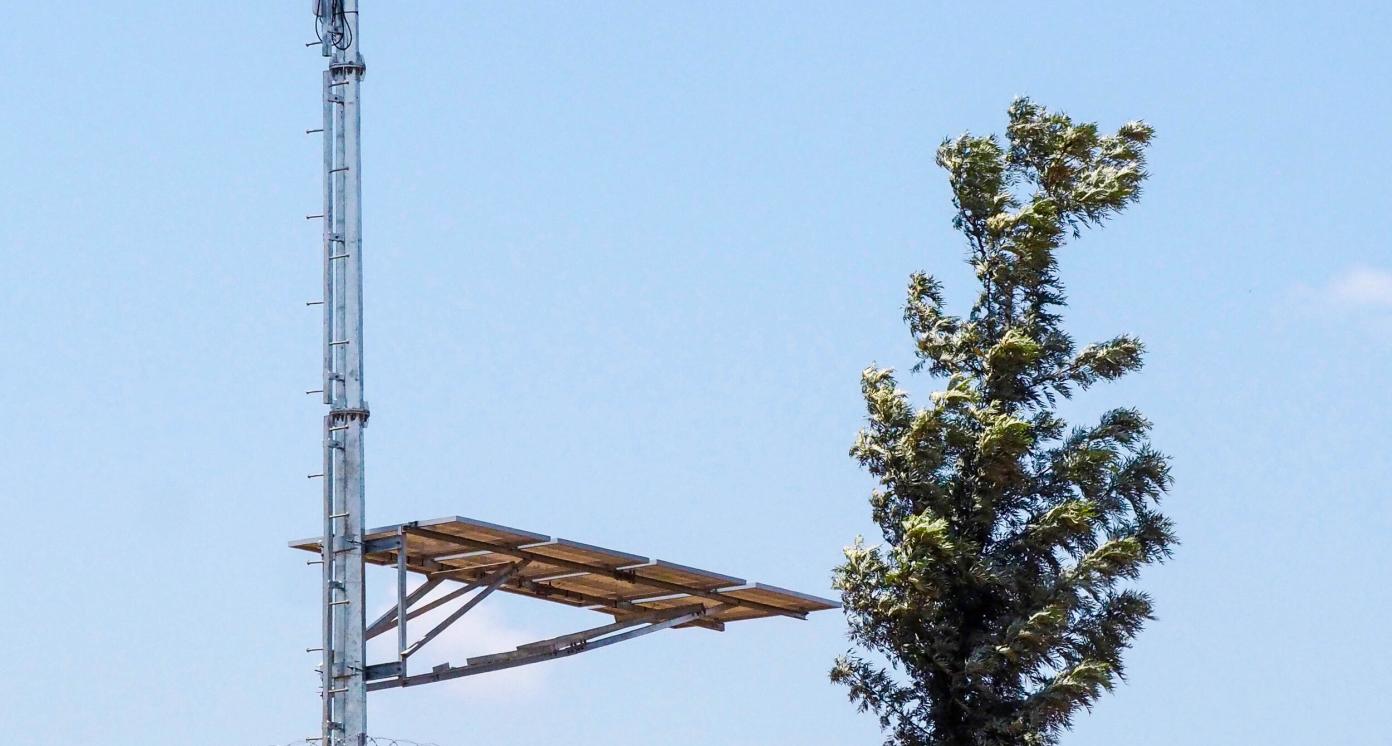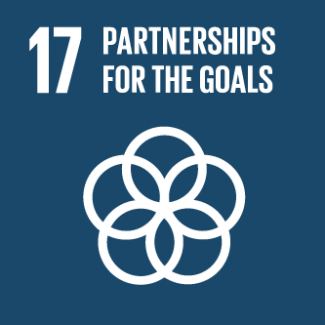Working with mobile network operators, Vanu provides technical innovation to enable cellular coverage in areas that cannot be covered profitably with existing technology.
There are currently 1.2 billion people worldwide lacking coverage and there is a strong need for connectivity in rural communities. It can further improve education, safety, financial inclusion, gender equality. Vanu recognized that connectivity is essential to the development of lesser developed areas and is the best way to maximize prospects for individuals born in areas with little in the way of resources to close the digital divide.
Vanu’s Radio Access Network (RAN) solutions reduce the total cost of ownership of cellular networks for hard-to-cover areas. Vanu provides custom solutions for challenging coverage problems in addition to solutions for rural coverage, in-building coverage, cellular suppression, disaster recovery, and coverage as a service. Vanu's sustainable growth vision is to enable partners to efficiently plan and deploy profitable off-grid networks, and attract capital investment from third parties to accelerate network build plans. Knowing that diesel is an expensive and high theft commodity, Vanu designed its networks to run on solar-generated power with battery storage. Vanu plans to recruit and train members of the community to run its networks and employ local staff within its country offices. This model is expected to impact Vanu’s new employees in the local communities along with their families.
Vanu systems are deployed through mobile network operators in Benin, Ghana, Cameroon, Guinea, Zambia, Democratic Republic of Congo, India, Mauritania, Nigeria, Rwanda, South Africa, Sudan, United States, Netherlands and the UK. Across these localities, Vanu has already provided millions of minutes of calls to over a quarter million distinct users who were previously unable to connect. This includes for example the Nyabubare Nasho Hospital in rural Rwanda, which has suffered from telecommunication isolation before deployment of Vanu’s network, which now allows the community to call for ambulance services and medical staff to research treatments and communicate with colleagues.
Building on its already significant reach, Vanu seeks to provide connectivity to 5 million people who do not have cell coverage or internet by 2023, expecting to invest USD 60 million in rural connectivity solutions. Vanu’s off-grid network sites are cash flow positive; entities that seek to finance social impact can lower Vanu’s cost of capital and allow the enterprise to reach less profitable markets where the need is greatest.
This case study is sourced through the UNDP Business Call to Action (BCtA), whose members are confirmed to engage low-income people in core business, be commercially viable, be built for scale and to advance the SDGs, and are guided by the BCtA Code of Conduct. Learn more about the case study on the enterprise’s BCtA membership site.






















